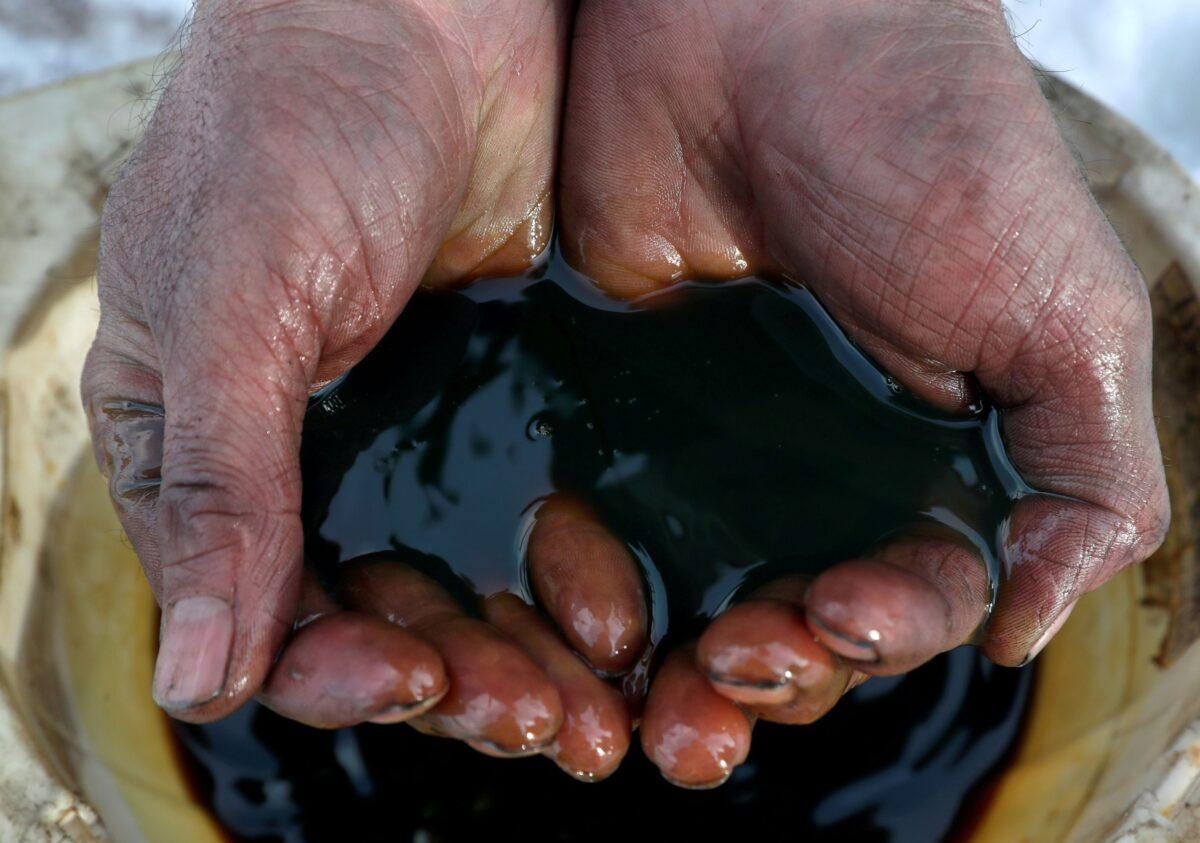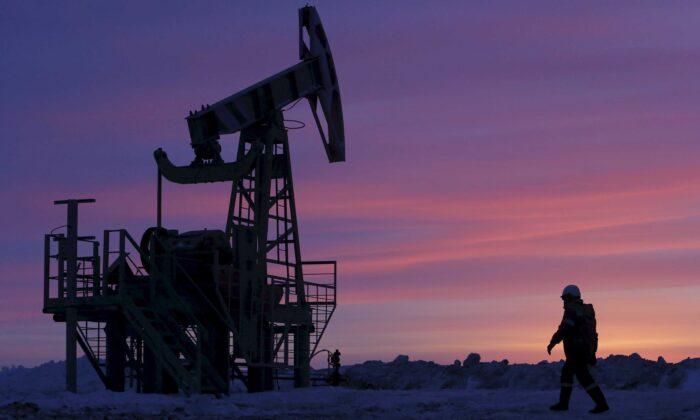Global energy prices and the supply chain crisis could intensify if Russia steps into Ukraine, experts say.
The U.S. administration insists that a Russian invasion of Ukraine is imminent. White House national security adviser Jake Sullivan stated that military action in the region might happen “any day now,” repeating this warning on several morning news shows.
Moscow reportedly has as many as 136,000 troops stationed along its border with Ukraine.
A Spike in Energy Prices
Oil and natural gas prices have had a strong start to 2022, rising as much as 18 percent year-to-date. Energy commodities have been booming because investors are monitoring tight market conditions and the situation unfolding in Eastern Europe.
Should the conflict instigate a supply shock, Brent crude, the international benchmark for oil prices, could skyrocket to $150 sometime in the first quarter of the year, JPMorgan Chase analysts forecast.
“The latest geopolitical tensions between Russia and Ukraine raise the risk of a material spike this quarter,” JPMorgan economists Joseph Lupton and Bruce Kasman wrote in a research note last month. “That this comes on the back of already elevated inflation—running at a multi-decade high last quarter—and a global economy that is being buffeted by yet another wave of the COVID-19 pandemic adds to the near-term fragility of what is otherwise a fundamentally strong recovery.”
The financial institution also thinks this could eat into the global gross domestic product by 1.6 percent, and force central banks to “display less patience than normal” in response to oil price shocks.
Brent prices are trading around $91 per barrel.
Natural gas could also see enormous gains, although traders are more focused on weather conditions as of late. Prices have struggled in recent sessions, falling about 25 percent over the past week.
This could change, industry observers note.
Western Europe depends on Russia for as much as 40 percent of its gas, and stockpiles are below the European Union’s five-year average. It’s estimated that as much as 155 billion cubic meters (bcm) (5.4 trillion cubic feet) of natural gas imports to Europe, including 40 bcm piped through Ukraine, could be in jeopardy.
“Despite Europe’s implicit policy to reduce its dependence on Russian gas—as demonstrated by the significant build-up in LNG import facilities on Western Europe’s coast in recent years—Russia plays a pivotal role in helping meet the region’s gas need,” stated Sindre Knutsson, vice president for gas and LNG market analysis at Rystad Energy, an independent energy research and business intelligence firm.
Any retaliation could threaten the region’s energy supply, affecting millions of households and businesses.
But could U.S. liquefied natural gas (LNG) products help bridge the gap?
Rystad Energy stated in a new report that “more LNG supply is available,” but European countries would be required to “pay elevated prices.”
While Australia and Asia have an abundance of available spot volume, the shipment distance might be a challenging hurdle to overcome. This makes the United States, Africa, and parts of Europe potential alternatives.
“The bulk of the extra LNG supply could come from the U.S., which has 102 bcm of free on board (FOB) volumes on the market,” Knutsson said.

IHS Markit agrees. The information and analytics firm published a new report, titled “Putting Europe’s Security of Gas Supply to the Test,” writing that “LNG imports to Europe would be sufficient to overcome shutoff of Russia gas flows through Ukraine.”
“Under an extreme, if highly unlikely, scenario where all Russian pipe flows were cut off, the tightness of global LNG supply and limited spare European LNG regasification capacity means that other supply levers would be needed to close the gap,” Shankari Srinivasan, vice president of global gas at IHS Markit, wrote in a note. “Extra coal and nuclear power generation capacity—either in the form of mothballed capacity being brought back online, resorting to strategic reserves or delayed plant closures—along with additional drawdowns of gas from storage would all be required.”
Over the past month, the White House has been in communication with natural gas firms and other key producing countries to mitigate a power crunch. U.S. officials have engaged with other parties about increasing output capacity and transporting more supply to Europe.
Exacerbating the Supply Chain Crisis
Energy commodities have been the primary focus in any discussion surrounding the Ukraine–Russia conflict. But other commodity products could come under tremendous pressure.Russia and Ukraine represent the world’s largest and fifth-largest wheat producers, respectively.
On a worldwide scale, Moscow accounts for 49 percent of nickel, 26 percent of aluminum, 23 percent of ammonia, 17 percent of potash, and 14 percent of urea output.
This could initiate significant effects that would seep into the global marketplace.
Indeed this would exacerbate the global supply chain crisis. At the same time, according to Every, this would trigger long-term policy implications and “accelerate some of the global trends already underway,” such as onshoring and decoupling.





